
The Hong Kong teenager behind China’s panda-shaped solar farms being built around the world
Ada Li Yan-tung’s bear-inspired sustainable energy concept will become reality in 100 panda-shaped solar farms on the route of Beijing’s infrastructure plan

When Hong Kong teenager Ada Li Yan-tung came up with the idea of building a solar farm shaped like a panda, she hoped merely to draw people’s attention to sustainable energy options.
To her amazement, her proposal became a reality, not just once, but a hundred times, going by an ambitious plan drawn up by a green energy firm that adopted her idea.
The 17-year-old’s bear-inspired concept, which she presented at a global forum two years ago, has blossomed into a massive project: the building of 100 panda-shaped solar power plants along the route of China’s “Belt and Road Initiative”, an unparalleled infrastructure plan that spans more than 60 countries across Europe, Asia, the Middle East and Africa.

Last week, the first such plant made its debut in Datong, northern Shanxi province, when a 50-megawatt solar farm shaped as two panda babies was connected to the grid.
“I didn’t think that it would actually be this big,” Li told the South China Morning Post from Datong. “I didn’t think that I could really do anything ... maybe just influence some people around me, but not on this scale.”
The black-and-white plants recreate the image of pandas with black monocrystalline silicon solar cells and grey thin film solar cells, said Hong Kong-based Panda Green Energy Group, the firm behind the project.
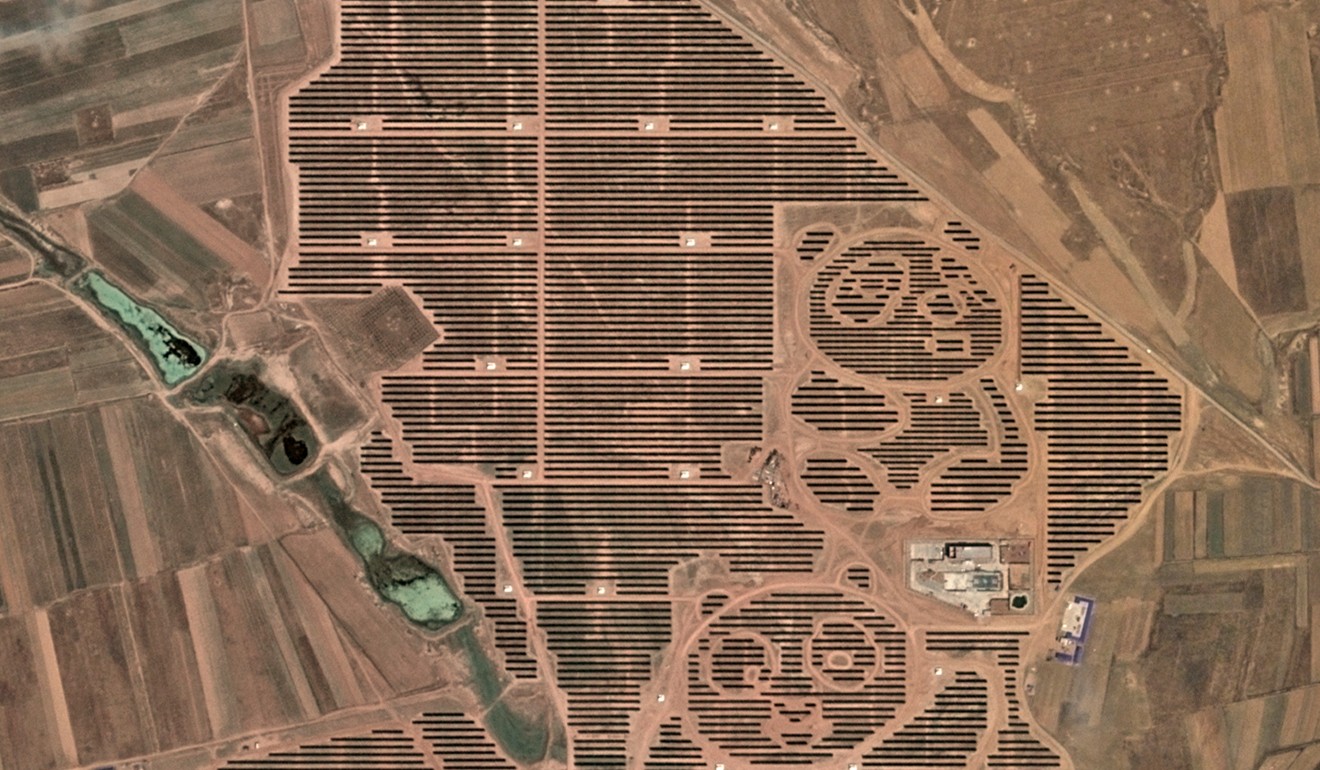
“Pandas are China’s national treasure, and [their] charmingly naive image is welcomed and beloved around the world,” said Gina Zhou, deputy manager of investor relations at Panda Green Energy. “Panda power plants not only represent China’s environmental determination, but also displays a playful side.”
A second phase of construction will add two bears to the solar farm to create a “panda family”. When completed, the 100-megawatt plant will be able to generate 3.2 billion kilowatt-hours over 25 years, powering more than 10,000 households per year, according to the company.
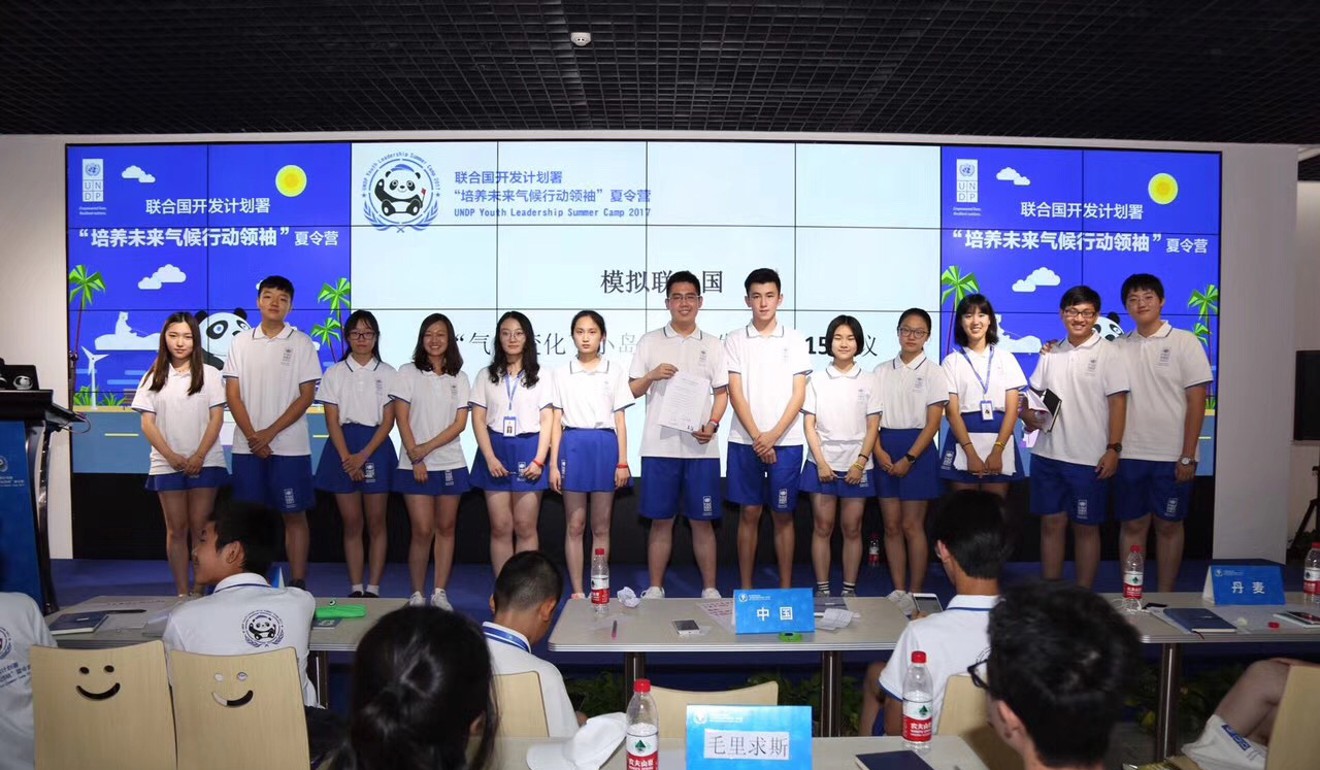
“The panels are really tall,” Li said. “It’s sort of impressive. It’s more vivid than I thought it might be.”
The teenager, who attends high school in Portland, Oregon, in the northwestern US, has long been passionate about joining the global fight against climate change.
She came up with the initial panda concept to help more young people become interested in sustainable energy.
“I love pandas so much, so I was thinking, why not have pandas, because it is a symbol of both China and peace,” she recounted. “Putting that with the solar panels might transform the mundane shape of the bulky panels into a more fun figure, so it will attract more teenagers and global attention.”
In 2015, Li presented her idea as a youth representative at a Paris sustainability forum that was co-hosted by the UN environment programme.
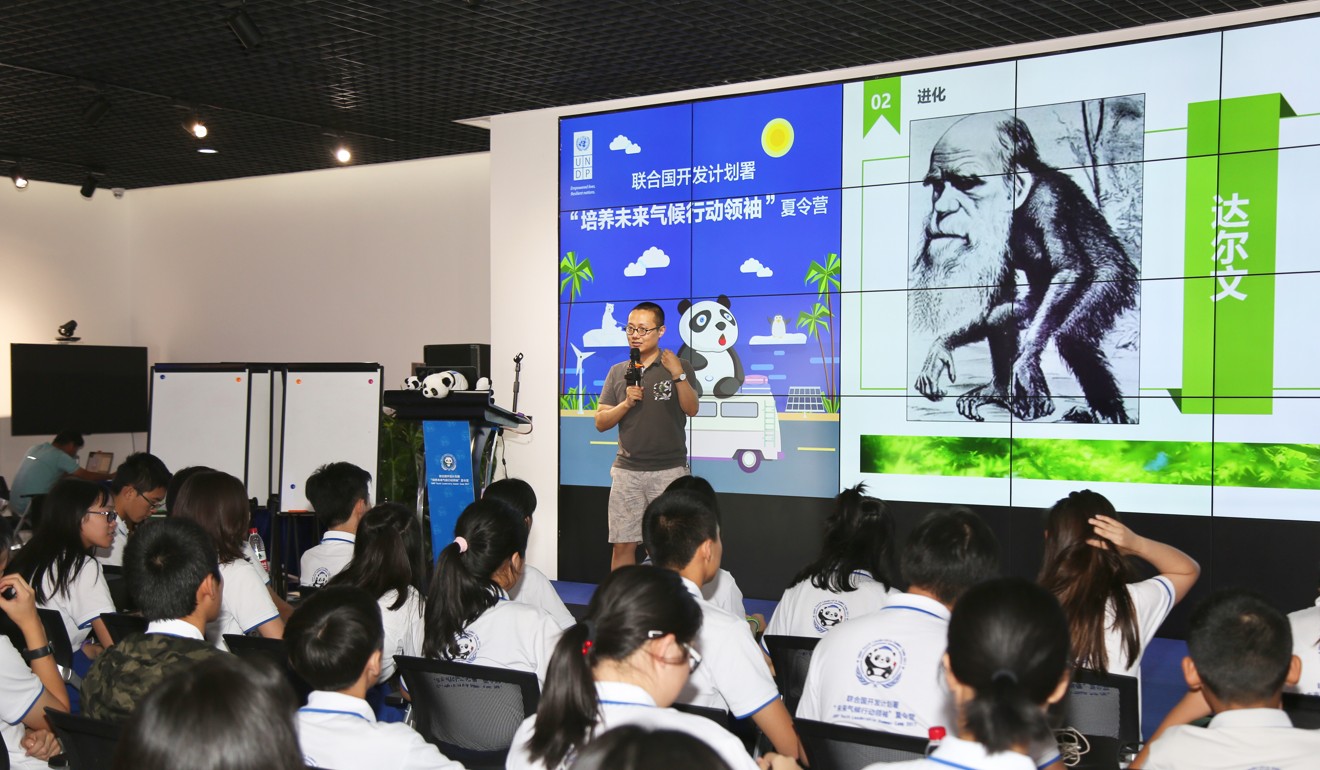
There, she shared her thoughts with former UN secretary general Ban Ki-moon and her “idol”, former US vice-president Al Gore.
“I was really excited to see Mr Al Gore,” Li said. “When I was seven or eight, my dad showed me a documentary, An Inconvenient Truth ... It sort of planted the seed in me.”
After the conference, the UN Development Programme contacted her about the idea, setting the project in motion, and last year, Panda Green Energy entered into a strategic cooperation agreement with the UN programme to launch project.

Having panda plants globally would extend China’s diplomatic friendship, Li said. She has also suggested using other animal shapes on solar farms in other countries – for instance, having a koala-shaped plant in Australia.
Fiji’s prime minister, Josaia Voreqe Bainimarama, told an international Beijing Belt and Road forum in May that he welcomed a panda power plant in his country. An artist’s rendering envisioned a solar farm in the shape of a giant panda holding a rugby ball that read “Fiji”.
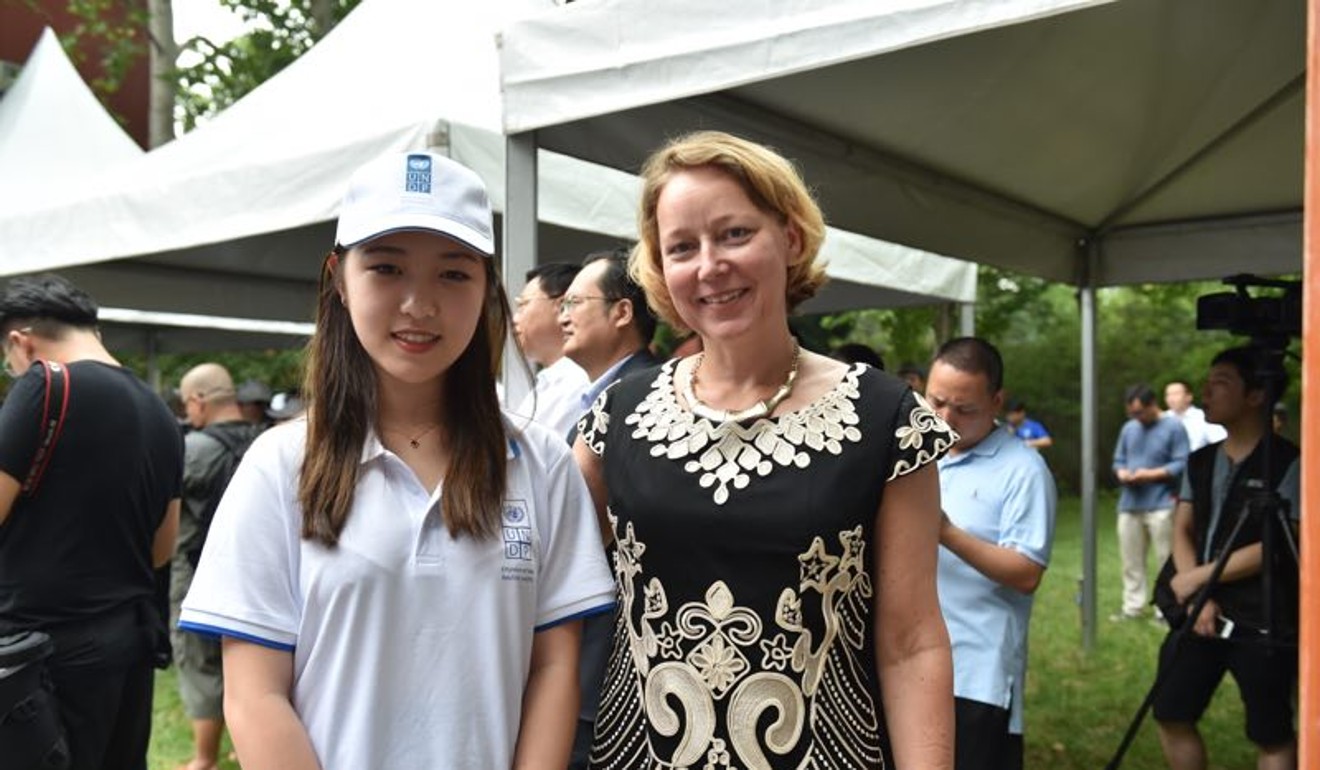
The company said it was using a “Panda+” design model to “incorporate local characteristics with its power plants”. It had signed agreements to build such plants in the Philippines, Fiji and Thailand, and discussions were ongoing to build more in other regions along the Belt and Road corridor, the firm said. It added that the plan would be rolled out over the next five years.
“We hope the construction of panda power stations will spark global concern and thoughts about climate change, green energy, and other issues,” the spokeswoman, Zhou, said.
The Datong plant required an investment of 350 million yuan (US$52 million), with one hundred plants requiring US$3 billion, the company’s chief executive previously told Reuters.
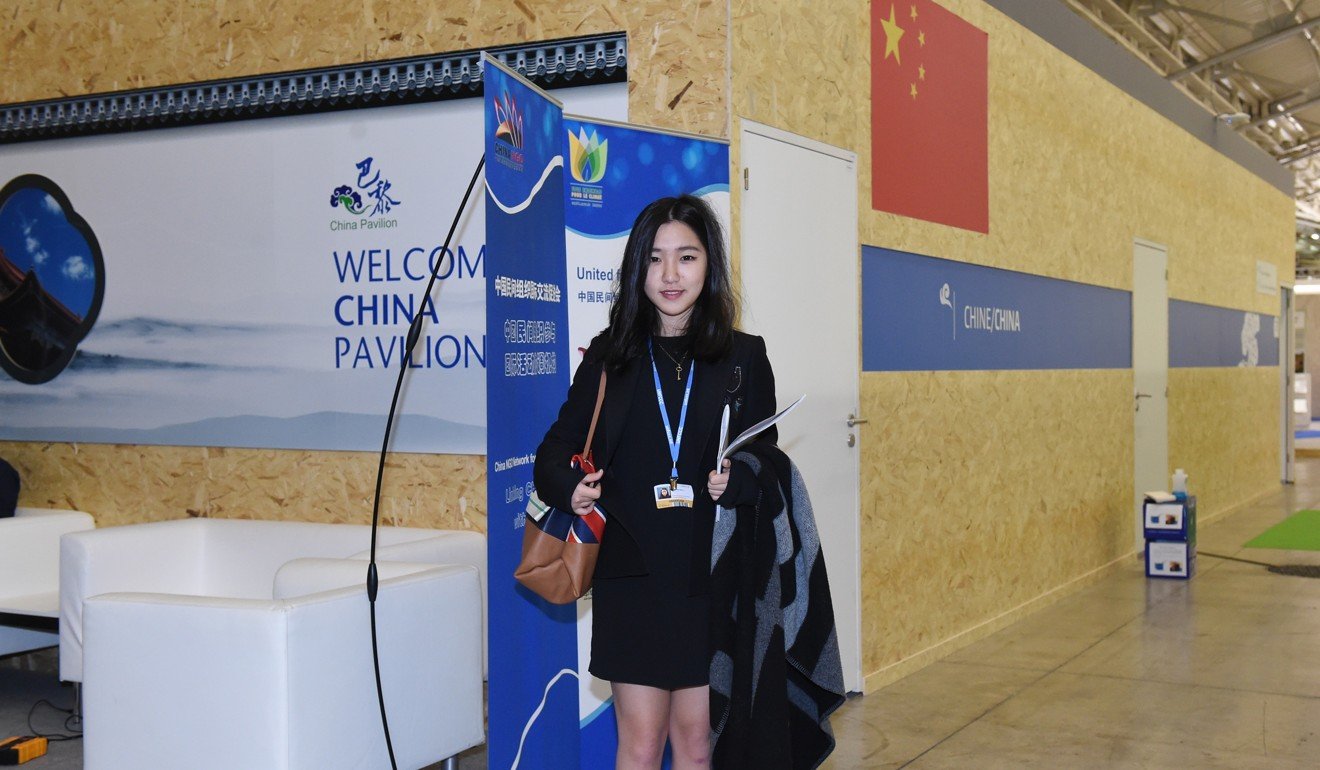
Li, who starts her final year of high school in Portland next month, still marvels at what she has helped create.
The young green activist is presently in Datong to lead other teenagers at a summer camp, where they are working to get more Chinese students involved in environmental issues. Together, she believes they can create a “butterfly effect” to fight climate change.
“My goal is to spread and raise awareness of this topic – that’s what I wanted,” she said. “The world really does belong to us, to the future generations. Climate change is an urgent thing that we have to solve.”
She feels that urgency strongly when she sees the dark, smoggy skies in Beijing.
“It feels more urgent in China,” she said. “We don’t have a second chance. We have only one earth.”